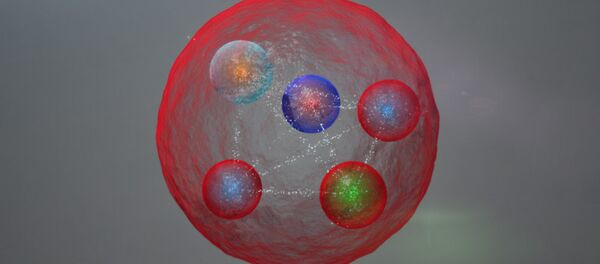MOSCOW (Sputnik) – A group of engineers from the National University of Science and Technology MISIS (NUST MISIS) have started designing a decay volume vessel, the largest part of the SHiP experiment at the European Organization for Nuclear Research (CERN) in Geneva. The goal is to find explanations for phenomena that standard particle physics cannot explain: the existence of Dark Matter and the matter-antimatter asymmetry in the Universe.
NUST MISIS engineers will work on the optimal design of a decay volume vessel and several options that will have different designs, materials and tensions in the inner shell.
NUST MISIS Rector Alevtina Chernikova said that an international group of researchers from 41 institutions in 16 countries are working on the vessel.
A decay volume vessel is a conical tube that has outer and inner shells. The structure consists of several hundred cells, each with six inner surfaces.
NUST MISIS engineers, through a series of calculations, have designed several mathematical models of the structure and its operating conditions while searching for the most suitable type of steel and aluminum alloy and the optimal size and geometry of the vessel’s parts.
“The main part of the experiment that will take place in a decay volume vessel deals with the potential appearance of new particles. The vessel is a large structure, 45 meters long and 10 meters in diameter at the rear ellipse axis (maximum cross section). The specific features of the SHiP experiment imply a number of limitations and special criteria. The biggest problem is that, apart from strength, mechanical rigidity (stability) and vibration resistance, the vessel must be as light as possible to decrease perturbations during the registration of new particles. The engineers also have to take the cost of materials into account,” said Sergei Albul, head of the NUST MISIS working group.
NUST MISIS engineers are currently working on several vessel models and will subsequently conduct vibration tests and consider arrangement options for auxiliary equipment.
The technical proposal for the SHiP experiment at CERN was presented for defense in January 2016. The ongoing design stage will last until 2019. The vessel should become operational, making possible the collection of statistical data, by 2022.



